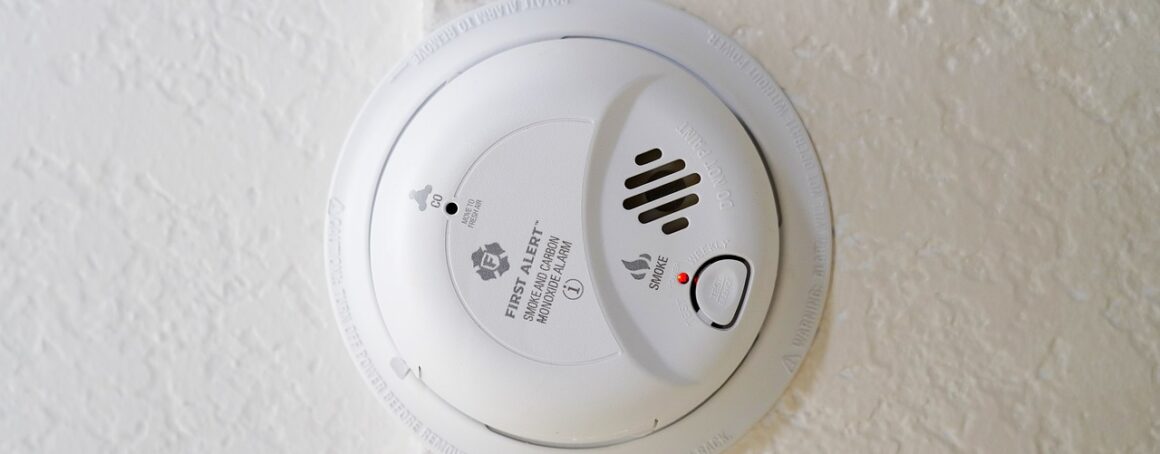Carbon Monoxide Safety

Nearly everyone has heard of carbon monoxide, a potentially deadly gas that can invade your home. With winter approaching, and the use of heating systems increasing, it is the perfect time to review what you can do to make sure your family and home are safe from the dangers of carbon monoxide.
What is Carbon Monoxide?
Carbon monoxide is a colorless, odorless and tasteless gas that is released when carbons from fuels do not burn completely (Carbon Monoxide: What It Is, How It Works, and Risks (verywellhealth.com)). Carbon monoxide can be created naturally in the environment, but man-powered machines also create it. “Some common man-made releases of carbon monoxide are from fumes of vehicles, small engines (like those in lawnmowers and generators), stoves, fireplaces and furnaces” (Carbon Monoxide: What It Is, How It Works, and Risks (verywellhealth.com)). Carbon monoxide can build up in your home when appliances are not used properly or are not vented correctly (Follow these safety measures to reduce the risk of carbon monoxide poisoning. (propane.com)).
How Dangerous is Carbon Monoxide?
The simple answer, is very! Hundreds of people in the U.S. die from carbon monoxide poisoning each year, and over 20,000 people seek treatment in the emergency room for carbon monoxide induced illnesses (Carbon Monoxide – National Safety Council (nsc.org)). Symptoms of carbon monoxide poisoning range in severity, but include:
- Headache
- Dizziness
- Fatigue
- Shortness of Breath
- Nausea
If you suspect you or a loved one is suffering from exposure to carbon monoxide, call 911 or go the emergency room for treatment.
Safety Precautions
There are simple steps you can take to keep your loved ones safe from the dangers of carbon monoxide. Just follow these simple safety precautions:
- Install carbon monoxide detectors: They should be located in the hallway near each bedroom. Check or replace the battery when you change the time on your clocks. Replace detectors every five years.
- Do not use a gas oven or range to heat your home.
- Have your furnace and water heater professionally serviced each year.
- Do not use portable, gas-powered heaters indoors unless they are approved for indoor use.
- Never use a portable generator in an enclosed area.
- Have your chimney inspected annually and make sure it is kept free of debris.
- Do not run your car in an attached garage, even with the garage door open.
What to Do if the Carbon Monoxide Alarm Goes Off
If you hear your carbon monoxide alarm, or you suspect there may be carbon monoxide in your home, you must act quickly to prevent any harm. First, make sure everyone in the house moves outside into fresh air. Second, call 911 and report what is happening. Third, make sure everyone that was inside the house is accounted for outside. And last, do no re-enter the home until emergency responders have given the all clear.
Safety Precautions Will Ease Your Mind
Now is the time to take all the recommended safety steps to keep your home and family safe from carbon monoxide. With these simple precautions in place, you and your family can worry less about the dangers of carbon monoxide.
"*" indicates required fields


